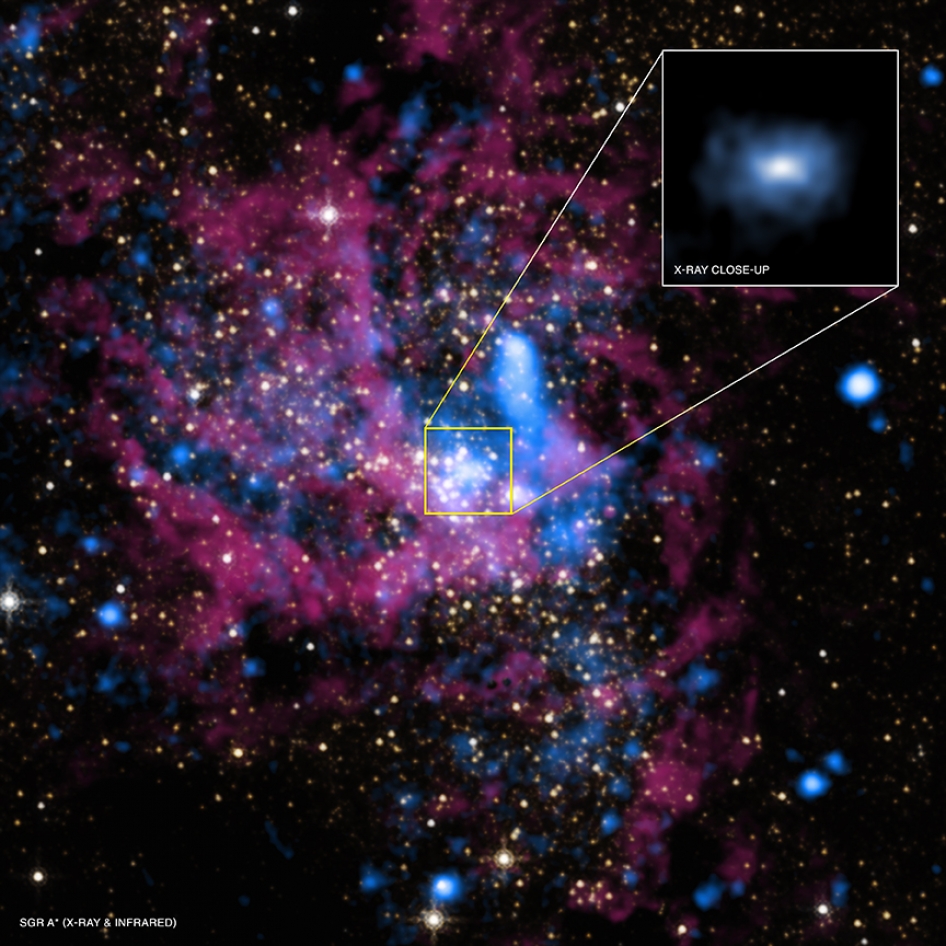Curiosity is continuing to make the most of the new year – both on Earth and on Mars which recently entered Mars Year 37, only a few days before the new year on Earth.
Curiosity is continuing to make the most of the new year – both on Earth and on Mars which recently entered Mars Year 37, only a few days before the new year on Earth. After a successful drive along the slope below the Marker Band, we’re ready for a full weekend.
On our first sol, ChemCam has a LIBS observation on the target ‘Waimiri’ followed by two mosaics on the Marker Band and the distant yardang on Mount Sharp. This is accompanied by Mastcam imaging of Waimiri, as well as two other targets, an outcrop ‘Ingarico’ and a butte ‘Amapa,’ and the Marker Band. Mastcam is also doing a tau observation to characterise the amount of dust in the atmosphere. Later in the day, we’re getting up close to two bedrock targets, Waimiri and the nearby ‘Caroebe’ using both APXS and MAHLI.
The second sol starts with a dust devil survey followed by ChemCam LIBS on the nearby bedrock target ‘Uaribooto’ and a mosaic on a distant butte. This is followed by Mastcam of Uaribooto and both Waimiri and Caroebe before we’re ready to move on. We’re continuing to drive further along the Marker Band, but just because we’re driving doesn’t mean that we can’t also enjoy the view. Included in the is further characterisation of the Marker Band with Mastcam.
After we reach our next destination, we round out the weekend with our final sol. AEGIS will find a target for ChemCam to image, and ENV is taking a cloud movie and dust devil movie. Then, later in the sol, Mastcam will get the chance to view an eclipse, when Mars’ larger moon Phobos will transit the face of the sun. The weekend finishes early on the morning of sol 3708 with a morning ENV block consisting of two cloud movies and a tau observation. As we move into winter at Gale Crater, we start to see more clouds, so we like to keep an eye on the sky!
Written by Alex Innanen, Atmospheric Scientist at York University






























